Is MSG Safe?
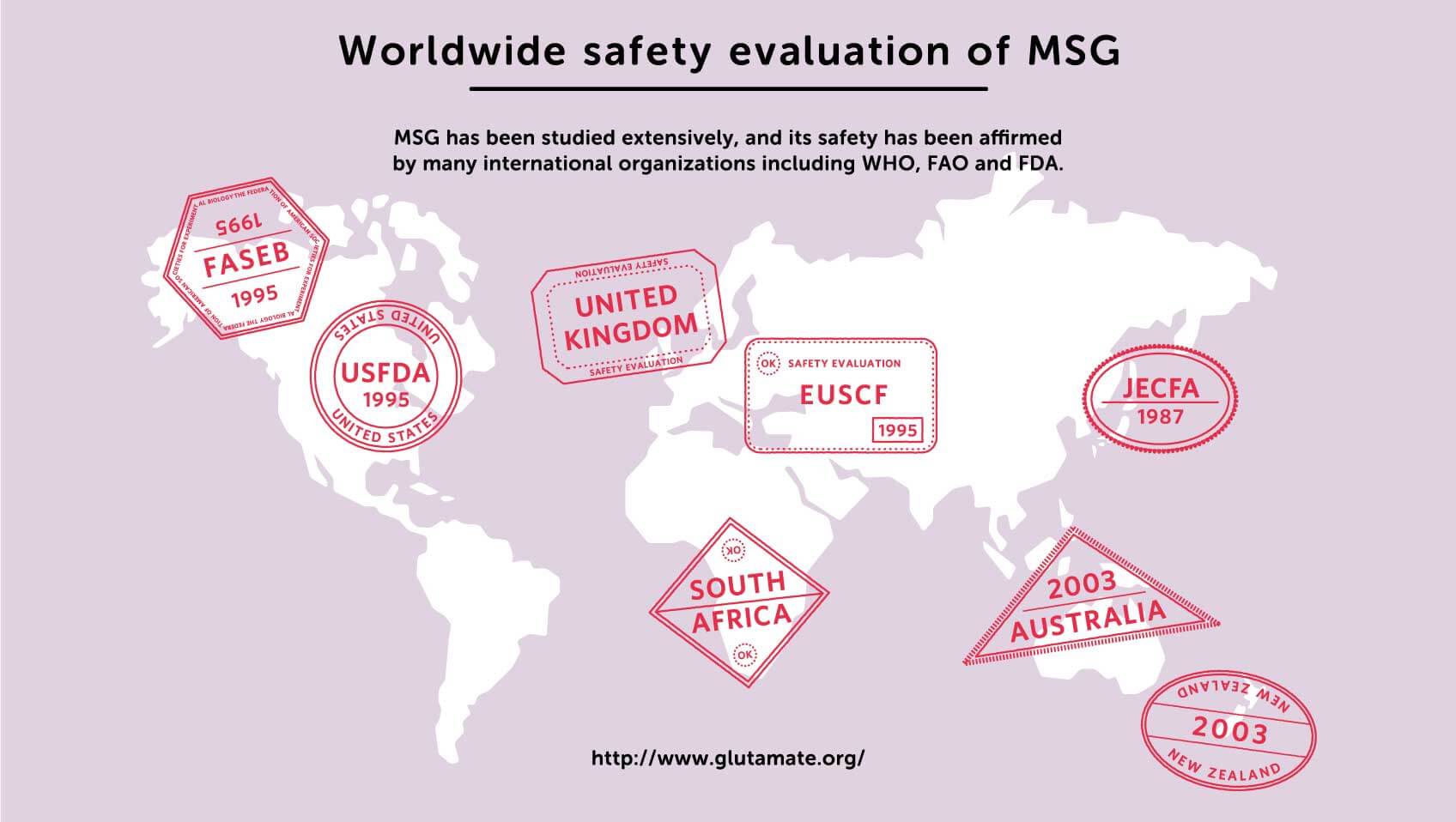
Is MSG bad for you?
MSG stands for monosodium glutamate. The Ajinomoto Group was the first company in the world to develop and market a commercial seasoning made from glutamic acid, the taste of umami.
Although MSG has long been the subject of rumours in relation to its safety, scientists and health experts alike have affirmed time and again that MSG is safe for people to consume. Regulatory bodies like the U.S. Food and Drug Administration (FDA), have not found any conclusive evidence that MSG causes any of the alleged health effects, such as headache or nausea.
Table of Contents
Why is MSG Rumored to Be Harmful?
In the late 1960s, a letter published in a U.S. medical journal alleged that eating Chinese restaurant food triggered headaches, heart palpitations, and other symptoms. This led to the widespread misperception that MSG, which Chinese restaurants were known to use, caused these symptoms, and the term Chinese Restaurant Syndrome (CRS) was coined. Rising anti-Asian sentiment in the U.S. at that time fueled this misperception, and the negative image of MSG became fixed in the public imagination.
MSG Receives “Generally Recognized as Safe” Designation from FDA
While the controversy linking MSG and CRS continued throughout the 1980s and 90s, its safety scientifically confirmed by both the FDA and the United Nation’s Joint FAO/WHO Expert Committee on Food Additives (JECFA), which released findings that there was no credible evidence that MSG posed any safety concerns when consumed as part of the diet.
According to the American Chemical Society (ACS), glutamate that occurs naturally in certain foods is the same as glutamate in MSG. While there are different kinds of glutamate, the body metabolizes all glutamate the same way, no matter where it comes from. Humans take in 20 to 40 times more glutamate from foods than from seasonings.
MSG is not considered an allergen – from a scientific perspective, glutamate by itself (an amino acid) cannot elicit any allergic reactions, which are caused by whole proteins. It was also removed by the International Headache Society from its list of causative factors for headaches in January of 2018.
Get the facts on monosodium glutamate (MSG): Michelle Dudash, RDN
MSG is Made from Plants
MSG is made of raw materials derived from sugarcane and other crops through fermentation with microorganisms. First, molasses or sugar extracted from sugarcane, corn, or cassava is placed in a fermentation tank, to which fermentative microbes are then added. These microbes consume the glucose, releasing glutamic acid, which through neutralization is turned into a solution that contains MSG. This solution is then decolorized and filtered, resulting in a pure MSG solution. This pure solution is crystallized using an evaporator and the crystals dried to produce the final product—MSG.
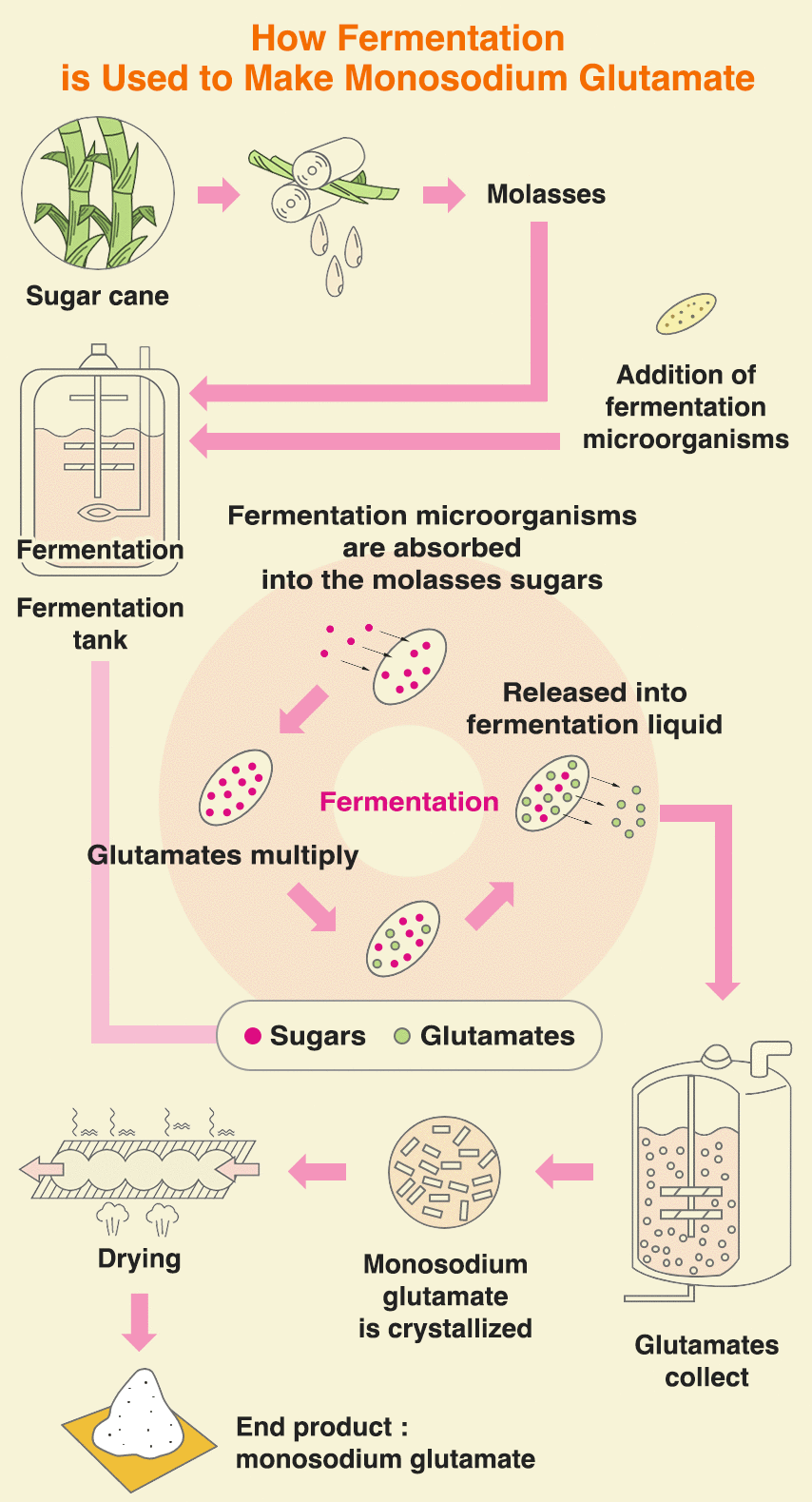
General questions about MSG
Is MSG bad or harmful for you?
No. Since its discovery over 100 years ago, MSG has been used safely as a food ingredient and seasoning in many different cultures. Extensive scientific research confirms MSG’s safety and role in the diet. In fact, monosodium glutamate (MSG), or umami seasoning, has 2/3 less sodium than table salt and can be used in the place of some salt in certain dishes to reduce the sodium by up to 61% without compromising flavor.
Does MSG cause headaches?
No. While over the years people have blamed headaches and other symptoms on foods containing MSG, the FDA has not found any evidence that MSG as the cause. In fact, such reports spurred the FDA to work with the Federation of American Societies for Experimental Biology (FASEB) to examine MSG’s safety in the 1990s, and they concluded MSG is safe. Also, the International Headache Society removed MSG from its list of causative factors for headaches in January of 2018 due to lack of evidence.
How is MSG made?
MSG is made of raw materials derived from sugarcane and other crops through fermentation with microorganisms.

MSG, the taste of umami, makes the world more delicious!
MSG, the taste of umami, brings out the natural flavor of ingredients, adding richness and depth and harmonizing flavor, to make food everywhere more delicious. Why not try out some of our umami recipes inspired by food cultures and tastes from around the world.
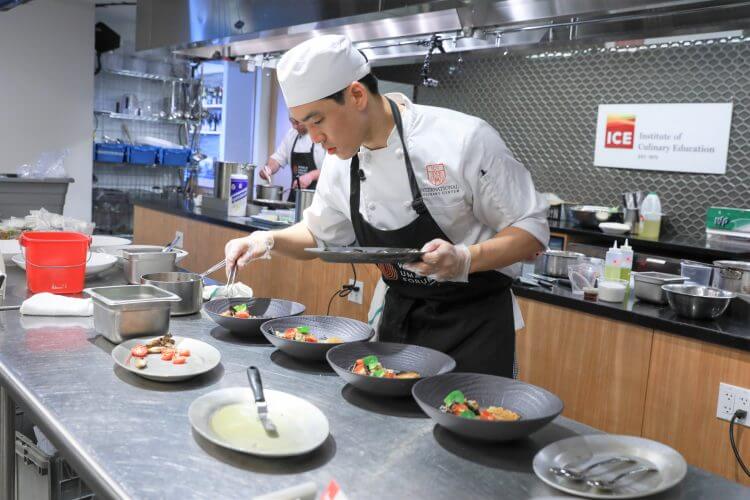
Find out what Nick Lee made to win the 2018 World Umami Cooking Competition, part of the World Umami Forum presented by the Ajinomoto Group.
> Stirring the emotions with umami: the rise of a young Korean-American chef
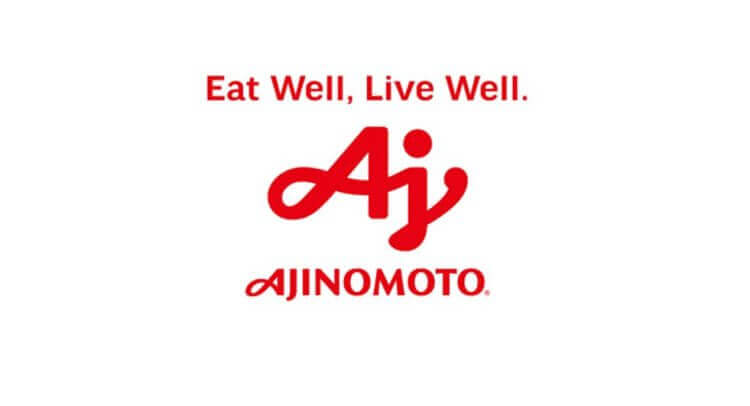
The Ajinomoto Group aims to achieve its vision for 2030 to become a
“solution-providing group of companies for food and health issues.”
Content you may like

Nutrition Without Compromise: Giving people delicious, personalized choices could be key to longer, healthier lives
People often say life is full of compromises. As consumers, all of us learn to balance what we want with what we need and can ...
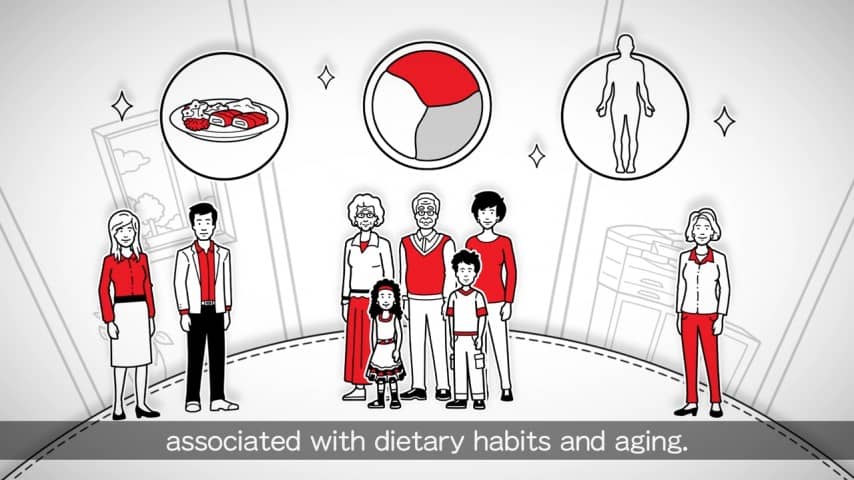
Video: Unlocking the Power of Amino Acids
Aware of infinite possibilities of amino acids and to contribute to greater wellness for people worldwide, the Ajinomoto Group is vigorously pursuing amino acid research ...
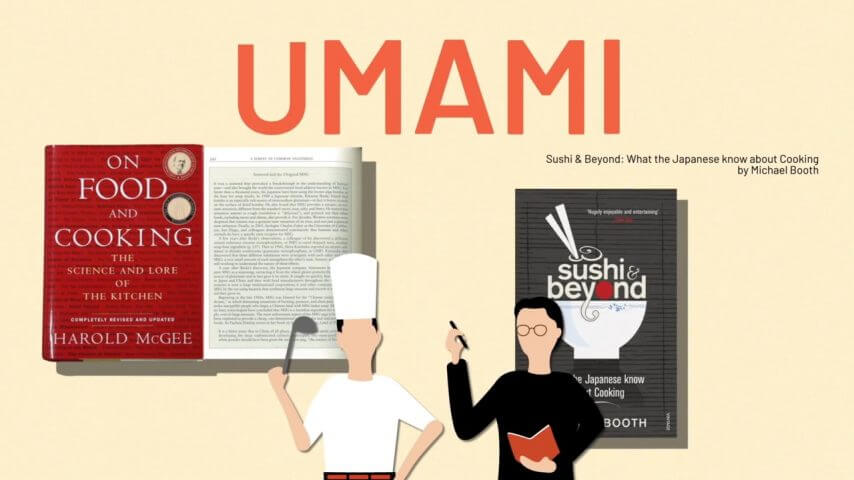
The History of Umami (MSG)
How much do you know about the history of umami? Go on a quick journey with us! (©Umami Information Center)

